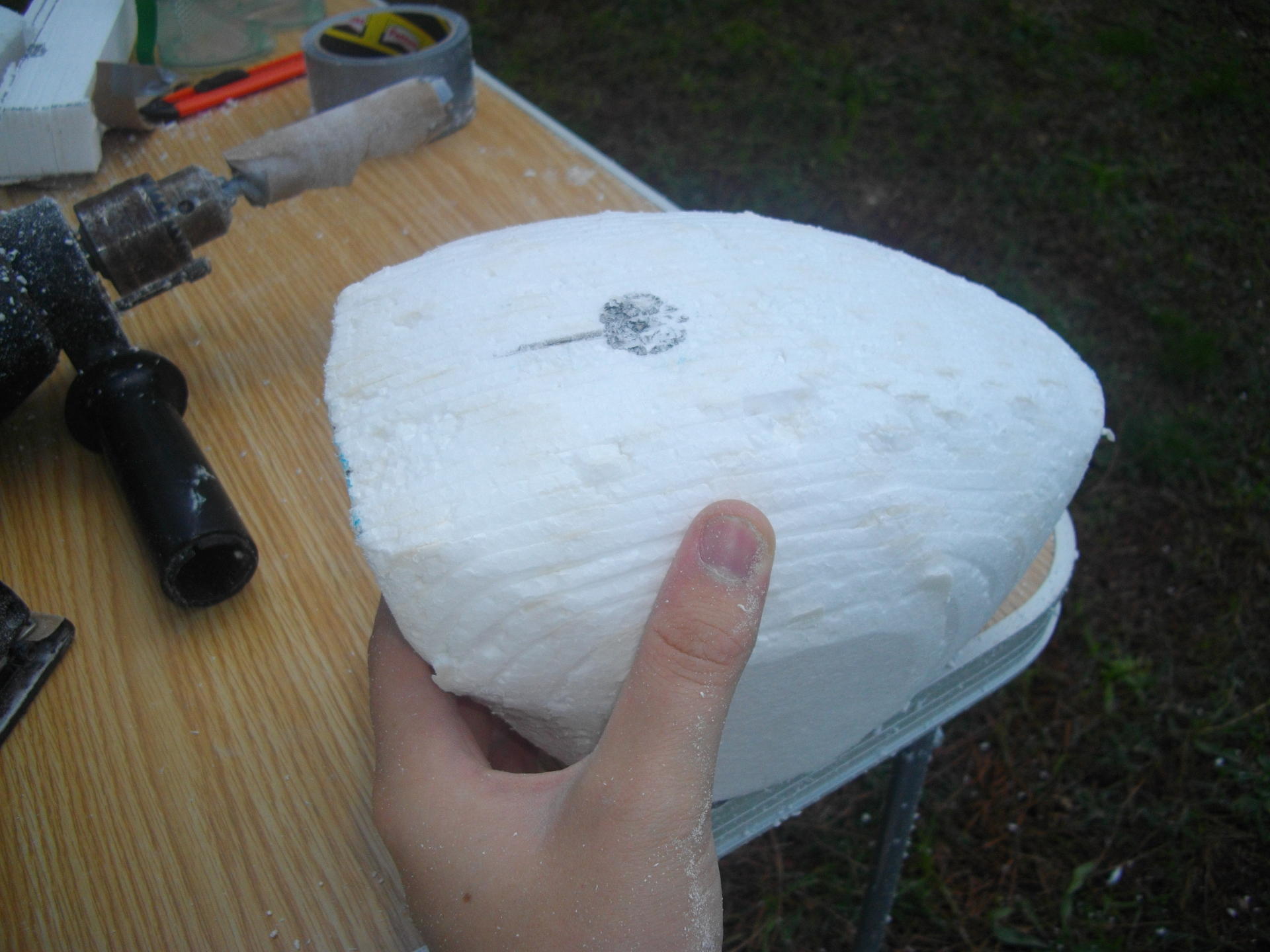dolfinsbizou
New Member
Hello everybody! At first, let me introduce myself (and don't read if you don't give a damn about my life).
So I started to make the big rear shell of the portal gun, made of polystyrene foam ("polystyrène expanse" in french, is it the right translation?), this is my progress.

When finished, I'll cover it with a coating, like building coating (like that), then sand down and finally paint. But I've a problem. This shell, as its name suggests, has to be hollow. So I must dig into the polystyrene, to make it hollow. And I'm afraid to break the shell using the tools above. So:
I hope you'll help me, and I think I'll open a thread about my replica on this forum, once this problem is solved. :3
Thank you so much for your help,
dolf.
I'm a 15 years old french guy (so sorry for my dreadful english) which joined your website for learn more about the replica props. I found your website a few weeks ago when I started to search people that made portal gun replicas (you know, the device in "Portal" to create... portals  °)). In fact, I decided to make my own build of the famous Aperture Science Handled Portal Device, with almost no experience in the world of Props. x)
°)). In fact, I decided to make my own build of the famous Aperture Science Handled Portal Device, with almost no experience in the world of Props. x)
I hope you'll help me in this venture, and my language (french) won't be an obstacle!
I hope you'll help me in this venture, and my language (french) won't be an obstacle!
So I started to make the big rear shell of the portal gun, made of polystyrene foam ("polystyrène expanse" in french, is it the right translation?), this is my progress.

When finished, I'll cover it with a coating, like building coating (like that), then sand down and finally paint. But I've a problem. This shell, as its name suggests, has to be hollow. So I must dig into the polystyrene, to make it hollow. And I'm afraid to break the shell using the tools above. So:
- What tool do I need to minimize the risks of breakage?
- Somebody suggested to coat the shell before digging. Good idea or not?
I hope you'll help me, and I think I'll open a thread about my replica on this forum, once this problem is solved. :3
Thank you so much for your help,
dolf.
